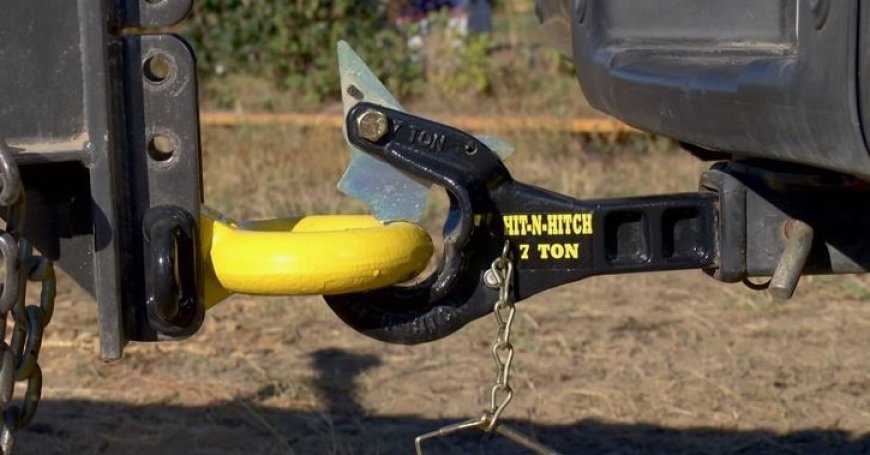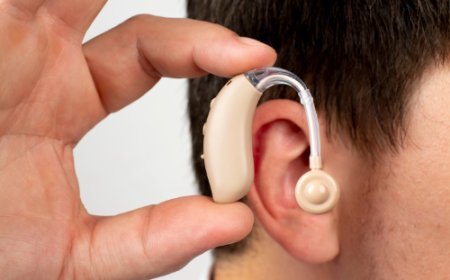Step-by-Step Guide to Safely Hitching an Unbraked Trailer

Towing an unbraked trailer can be a convenient way to transport goods, equipment, or recreational items. However, improper hitching can lead to accidents, damage, or unnecessary stress. To ensure a smooth and safe towing experience, it's essential to follow the proper steps for securing an unbraked trailer to your vehicle.
In this guide, we’ll walk you through a step-by-step process for safely hitching an unbraked trailer. Whether you're a beginner or need a refresher, this guide will help you ensure a secure connection every time.
What is an Unbraked Trailer?
An unbraked trailer is a type of trailer that does not have a braking system. Instead, it relies on the towing vehicle’s brakes to slow down and stop. These trailers are usually lighter and have a lower maximum weight capacity than braked trailers. They are commonly used for transporting small boats, utility loads, or camping gear.
Since unbraked trailers put additional strain on the towing vehicle’s brakes, it is crucial to hitch them correctly and drive cautiously to maintain safety on the road.
Step-by-Step Process for Hitching an Unbraked Trailer
Step 1: Position the Trailer and Vehicle
Before hitching the trailer, ensure that your vehicle and trailer are aligned. Here’s how:
-
Park your vehicle on a level surface to prevent movement.
-
Ensure the trailer is on a firm, stable surface.
-
Use wheel chocks to keep the trailer from rolling.
-
Back up the towing vehicle until the hitch ball is directly under the trailer coupler.
Step 2: Lower the Trailer Coupler onto the Hitch Ball
Once the vehicle is in the correct position:
-
Use the trailer jack to lower the coupler onto the hitch ball.
-
Ensure the coupler fully sits on the hitch ball without any gaps.
-
Lock the coupler in place using the latch and safety pin (if applicable).
-
Tug the trailer slightly to confirm that it is securely attached.
Step 3: Attach the Safety Chains
Safety chains are crucial in case the hitch fails. Here’s how to attach them correctly:
-
Cross the chains under the hitch in an X-shape.
-
Attach each chain to the towing vehicle’s designated hitch points.
-
Leave enough slack to allow for turns but not so much that the chains drag on the ground.
Step 4: Connect the Trailer’s Electrical Wiring
Unbraked trailers often have taillights, brake lights, and turn signals that need to be connected to the towing vehicle’s electrical system.
-
Locate the trailer plug and insert it into the vehicle’s electrical socket.
-
Secure the connection so it does not come loose while driving.
-
Test the trailer lights by turning on your vehicle’s lights, brake lights, and turn signals to ensure everything is functioning properly.
Step 5: Check the Trailer’s Load Balance
An unevenly loaded trailer can cause instability and make towing dangerous. Follow these guidelines:
-
Ensure about 60% of the trailer’s weight is positioned toward the front (near the hitch).
-
Distribute the weight evenly from side to side.
-
Secure cargo with straps to prevent movement during transit.
Step 6: Perform a Final Safety Check
Before hitting the road, conduct a thorough safety inspection:
-
Double-check that the coupler latch is secured and locked.
-
Ensure the safety chains are properly attached.
-
Confirm that all trailer lights are functioning.
-
Make sure the trailer load is stable and well-distributed.
-
Inspect the tires for proper inflation and condition.
Once you’ve completed these steps, you’re ready to tow your unbraked trailer safely!
Tips for Safe Towing
-
Drive at moderate speeds and avoid sudden braking.
-
Increase your following distance to allow for longer stopping distances.
-
Take wide turns to prevent the trailer from hitting curbs or obstacles.
-
Regularly check your mirrors to monitor the trailer’s position.
-
If towing long distances, stop periodically to inspect the hitch and load.
Frequently Asked Questions (FAQs)
1. Do I need a special license to tow an unbraked trailer?
In most states, a standard driver’s license is sufficient to tow an unbraked trailer. However, check your local regulations, as some areas have weight limits that may require an endorsement or special permit.
2. What is the maximum weight limit for an unbraked trailer?
The weight limit for an unbraked trailer varies by country and vehicle manufacturer. In the U.S., many vehicles have a maximum unbraked towing capacity of around 1,500 lbs, but always consult your vehicle’s owner’s manual for specific limits.
3. How often should I inspect my trailer before towing?
You should inspect your trailer before every trip, even for short distances. Check the hitch connection, safety chains, lights, and tire condition to ensure everything is secure and functioning properly.
Conclusion
Hitching an unbraked trailer properly is essential for safe and efficient towing. By following this step-by-step guide, you can ensure a secure connection and minimize risks on the road. Always perform safety checks before driving and adhere to proper towing practices to protect yourself and others. Whether you’re towing for work, adventure, or everyday needs, taking the time to hitch your trailer correctly will provide a stress-free experience.
Now that you know how to hitch your trailer safely, you’re ready to hit the road with confidence!
What's Your Reaction?




























































